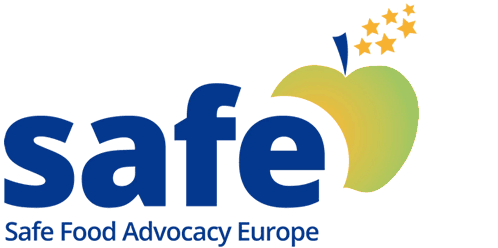Regulatory challenges: the case of E171 in the EU and the UK
10 February 2022
Titanium dioxide, also known as E171 is an additive very commonly used as a white colourant in food, but also in many other products, e.g., paints, cosmetics, toothpaste, etc. E171 is made of TiO2 (nano)particles that because of their extremely small size can squeeze through natural protective barriers of the human body and constitute a potential health hazard (e.g. passing into the liver, lungs and the whole digestive system).
SAFE has advocated for an EU-wide ban following French authorities’ concern as to the toxicity of E171. The country eventually banned the substance, with the ban entering into force in January 2020. In an open letter to EC Vice-President Jyrki Kaitanen sent on 3rd May 2019, more than 36 European and national NGOs supported the French ban on E171.
Following a decision by the Standing Committee on Plant, Animal, Food and Feed of the European Commission on October 8th, 2021 and prior EFSA assessment, the ban has been translated into law by Regulation 2022/63 of January 14, 2022. SAFE welcomed the decision of the SCoPAFF to ban this potentially harmful substance which has been called for at EU level for years by NGOs and MEPs.
While in the EU a transition period has started regarding products containing E171, (i.e. operators can continue selling them for six months from the date the regulation was adopted, and foods can continue to be marketed until their use by date, i.e., beyond the transition period) there is currently no indication that the UK will align with the EU on the issue. This means that the substance remains legal in the UK in food, supplements as well as medicines.
The UK’s Committee of Toxicology has refuted EFSA’s precautionary approach and stated that “the weight of evidence did not support the conclusions drawn by EFSA “. “The conclusion is highly risk adverse based on the weak evidence available, and it might create unnecessary concern to the public”, they added.



